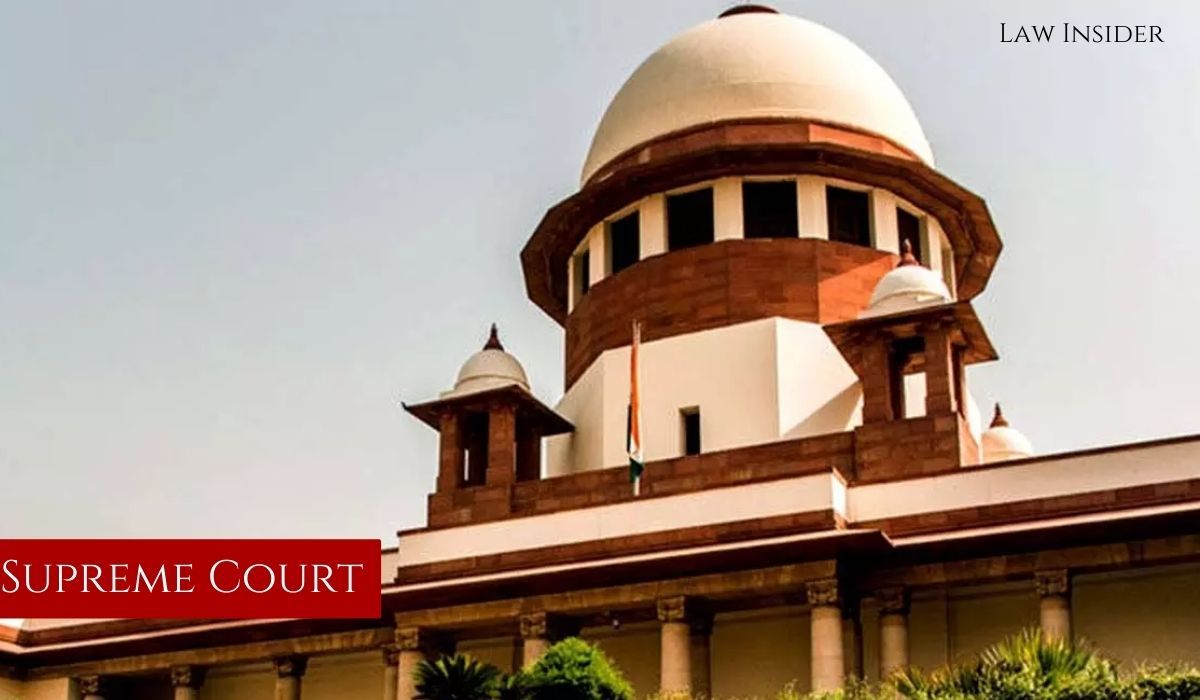Sakina Tashrifwala
Published on: 19 September 2022 at 19:41 IST
The Supreme Court has requested a report from the Union government on whether any such appointments have been approved more than a year after it activated a dormant constitutional provision to allow for the appointment of retired high court judges to clear backlogs of cases.
The Supreme Court made the observation that the “judiciary’s promise of speedy justice” has been compromised by the lack of judges.
According to a bench presided over by Justice Sanjay Kishan Kaul, there are approximately six million cases outstanding in 25 high courts throughout the nation, and the Centre needs to inform the court of the status of the appointment of ad hoc judges, the bench ruled.
The rarely-used Constitutional provision known as Article 224A addresses the appointment of ad hoc judges to high courts and states that “the Chief Justice of a High Court for any state may at any time, with the previous consent of the President, request any person who has held the office of a judge of that court or of any other high court, to sit and act as a judge of the high court for that state.” Ad-hoc judges are chosen for a one-time, temporary period of two to three years.
In a recent hearing, the top court remarked that some high courts, including Allahabad, Bombay, Madhya Pradesh, Punjab, and Haryana, had more than one-third of their judges who had not yet been recruited while the number of cases continued to grow.
“How are we going to fulfil the promise of speedy justice? The regular appointments are not coming through for a variety of reasons while the case loads are piling up. This is why we gave our judgement last year, putting in place all checks and balances, so that everything can be balanced, “ the bench, which also included Justices AS Oka and Vikram Nath, observed.
It inquired of the attorney general, KK Venugopal, speaking on behalf of the Central government, to present the Supreme Court with all pertinent information regarding the recommendations made to the Centre for the appointment of ad hoc judges by various high courts by September 27 and the actions taken as a result.
The court in the order states that, “Learned Attorney General submits that he needs some time to file status report as to whether any recommendations on ad-hoc judges have been made and the fate thereof.”
“Another aspect, with experience, we are finding is that though we have put a bar of not more than 20% vacancies for making recommendations for ad-hoc judges, the fact remains that some of the courts where there are large number of vacancies are also troubled with arrears and in some specific subjects.”
A few trigger factors have been established by the court in an April 2021 decision for the chief justice of a high court to start the process of selecting ad hoc judges. It was decided that if a high court did not make recommendations for more than 20% of the usual vacancies of judges, then there would be no need to invoke Article 224A.
There were further requirements that the number of judicial vacancies on that high court should be greater than 20% and that more than 10% of the backlog of outstanding cases should be older than five years.
The Centre had stated in court that it was opposed to the appointment of ad hoc judges in high courts until the chief justices of the courts in question did not make recommendations for all regular appointments. The Supreme Court, however, referred to it as a “self-defeating argument,” noting that Article 224A was created to address the problem of open positions and accumulating arrears.
“We see no reason why there should be an unending debate on taking recourse to Article 224A when such a provision exists in the Constitution. It should not be made a dead letter, more so when the need is so pressing,” the court mentioned in its April 2021 judgment.
The National Judicial Data Grid has statistics showing that 5,952,371 cases are currently pending in the high courts. The majority of these cases—more than 40%—are civil lawsuits and have been pending for at least five years.
According to information available on the Union law ministry website, 326 positions (almost 30%) of the 1,108 sanctioned positions for judges across the high courts were vacant as of September 1.

